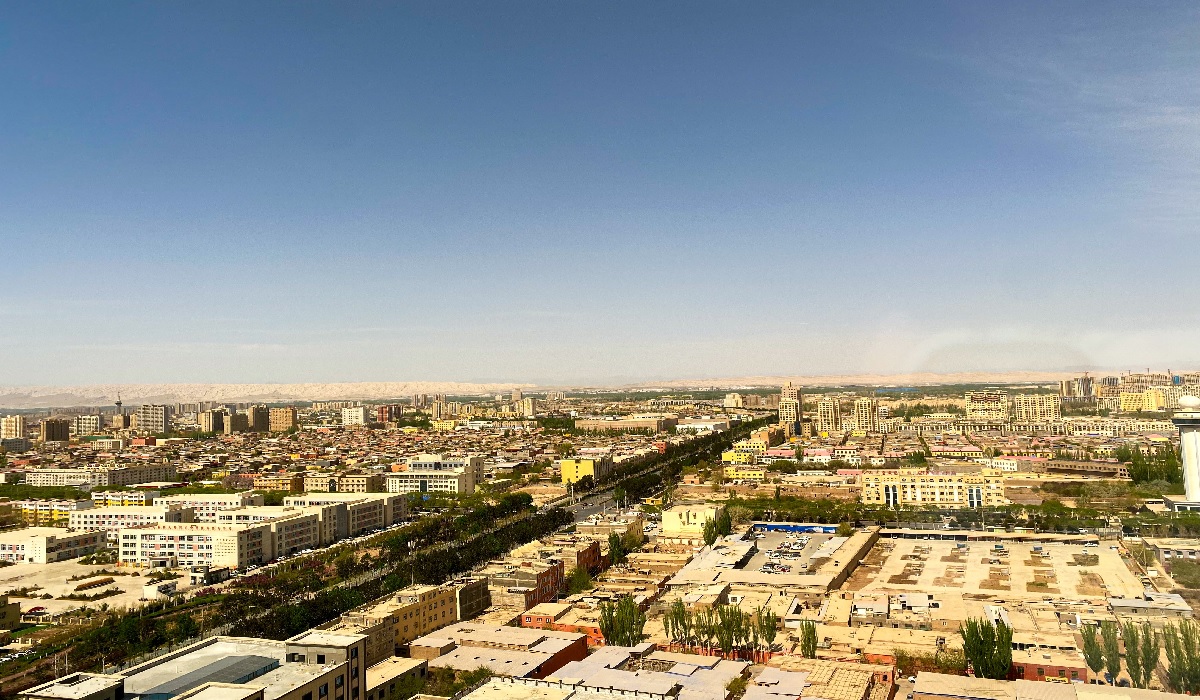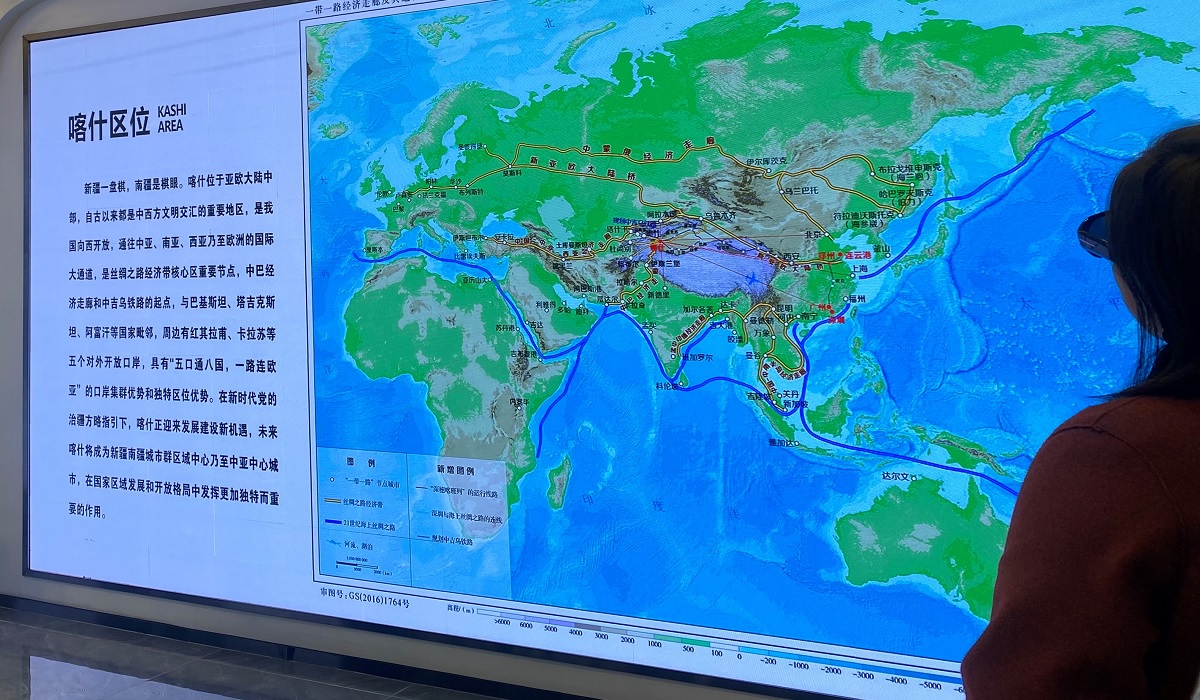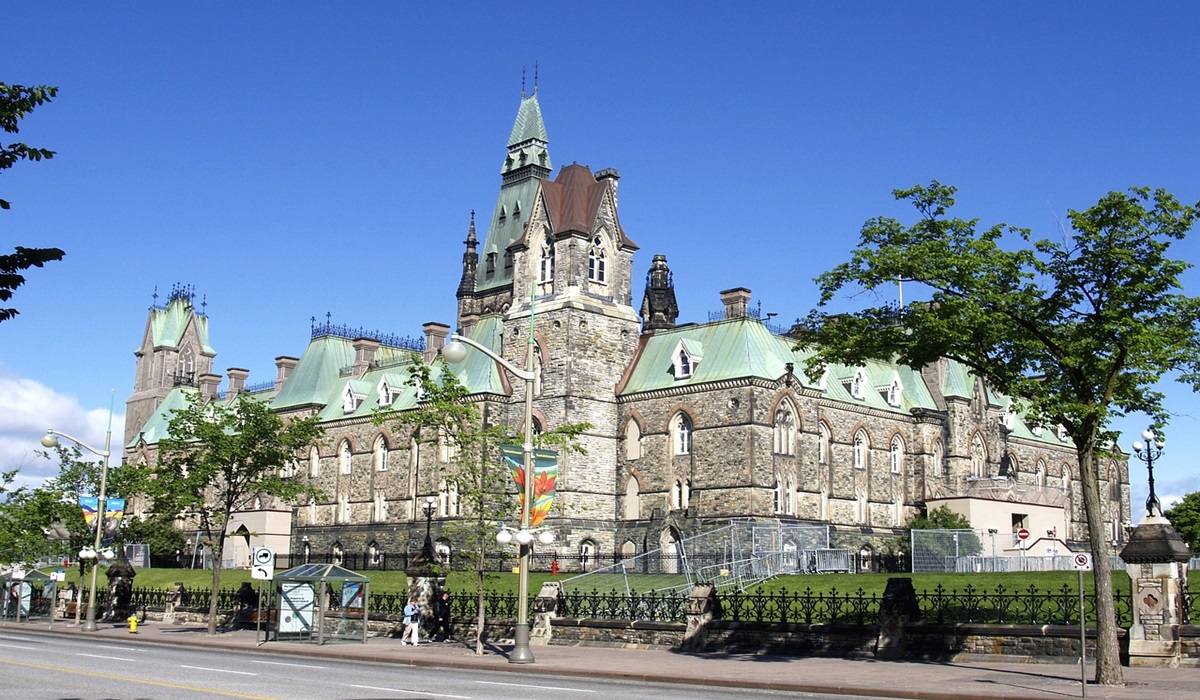Situated in the heart of Xinjiang, China – Kashgar stands as a testament to the enduring legacy of the Silk Road. A convergence point for the Eastern and Western Silk Roads, Kashgar has long been celebrated as a hub of trade and cultural exchange. Its strategic location at the crossroads of Asia has not only shaped its rich history but continues to influence its economic and cultural significance today.
“Kashgar was once an isolated oasis on the long trade route across the Asian continent,” notes UNESCO, highlighting the city’s pivotal role in connecting distant civilizations. From caravans departing for Central Asia, India, Pakistan, and ancient Persia to its bustling livestock market, Ivan Bazaar, Kashgar’s influence extended far beyond its borders.
The ancient city of Kashgar has some of the largest surviving buildings made of mud and clay in the world. In 2009, a massive renovation project was launched, breathing new life into the decayed and run-down structures while preserving their architectural integrity and traditional Uyghur lifestyles. This investment, exceeding 7 billion yuan, transformed Kashgar into a safer, more comfortable environment while also positioning it as a modern tourist destination.
Kashgar’s magic lies not only in its economic importance but also in its cultural vibrancy. The city’s old quarter, with its traditional mud-made homes and narrow alleyways, reflects a timeless charm.
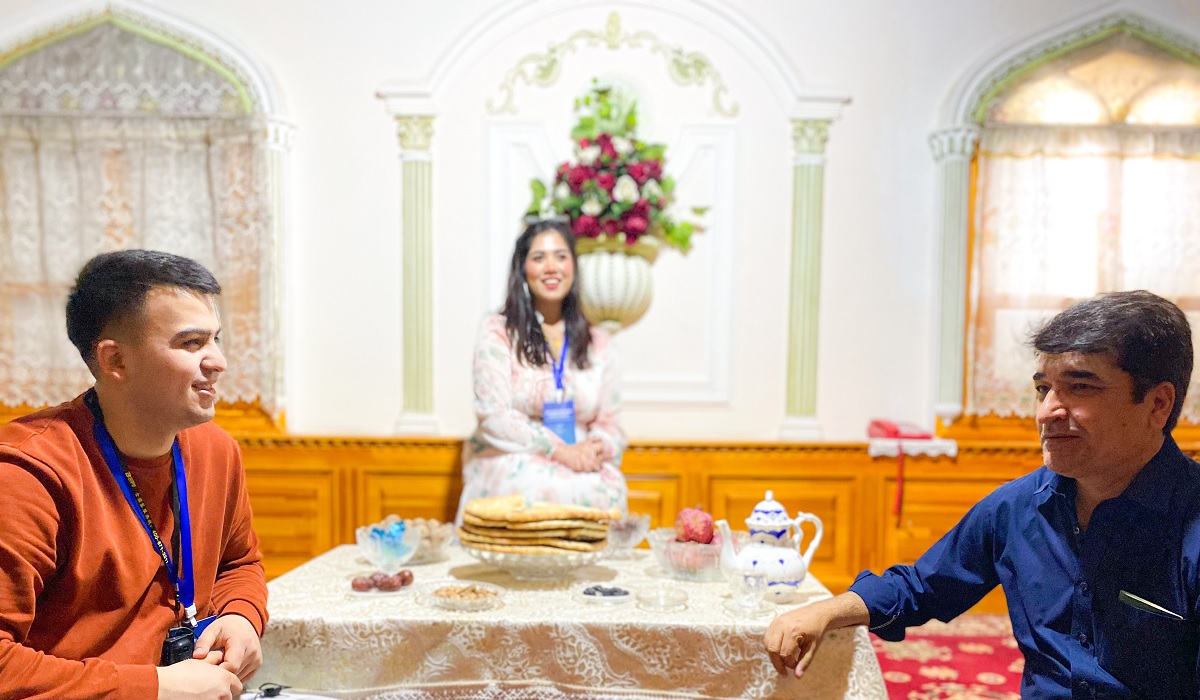
International journalists immerse themselves in the captivating history of Kashi Ancient City.
Renovations in Kashgar started in 2009, with the government actively engaging local homeowners to gather their input and feedback. This collaborative approach ensured that the renovation plans were sensitive to the city’s rich history and cultural heritage while also improving its infrastructure. Residents expressed satisfaction with the outcome, appreciating the preservation of their traditional way of life alongside the implementation of modern amenities.
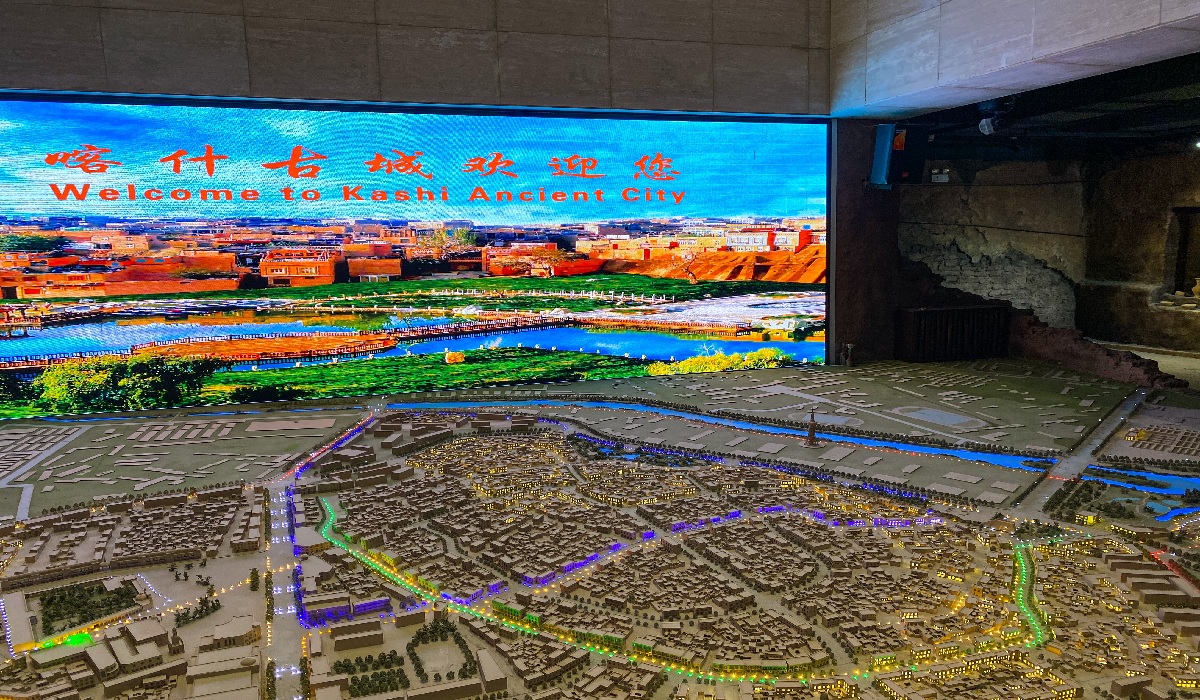
The Memorial Hall for Old City Protection stands as a testament to Kashgar’s rich heritage.
Beyond its architectural wonders, Kashgar’s significance extends to its role as a key player in regional economic development. The city serves as the starting point for the Pakistan-China corridor, a vital component of China’s Belt and Road Initiative. Additionally, plans for a railway linking Kashgar to other economic centers adds to its importance as a gateway to West Asia.
“Kashgar’s strategic location makes it a crucial linking point between China and other countries,” explains an economist. “It facilitates the trade of high-quality goods both into and out of China, strengthening the economic growth and fostering international cooperation.”
The economic potential of Kashgar is further enhanced by its designation as a special bonded zone, fostering cross-border e-commerce and trade with middle and South Asia. With breakthroughs in business-to-business enterprise statistics, Kashgar is poised to capitalize on its status as a regional economic powerhouse.
“In February 2021, Kashgar experienced a significant breakthrough in B2B enterprise statistics,” reports an industry expert. “This milestone reflects the city’s growing prominence as a hub for international trade.”
While Kashgar’s economic future appears promising, its true wealth lies in its cultural heritage. The city’s lush oasis, nourished by the Kashgar River and numerous springs, sustains a rich tapestry of agricultural traditions. From corn and wheat to cotton and melons, Kashgar’s bounty is a testament to the resourcefulness of its inhabitants.
“The historical importance of Kashgar has always been linked to its role as a trading center,” observes UNESCO. “But its agricultural heritage is equally significant, providing sustenance for generations.”
As Kashgar continues to evolve, striking a balance between modernization and preservation remains essential. By embracing its past while embracing the future, Kashgar can fulfill its potential as a city of trade, tradition, and prosperity in the 21st century.

